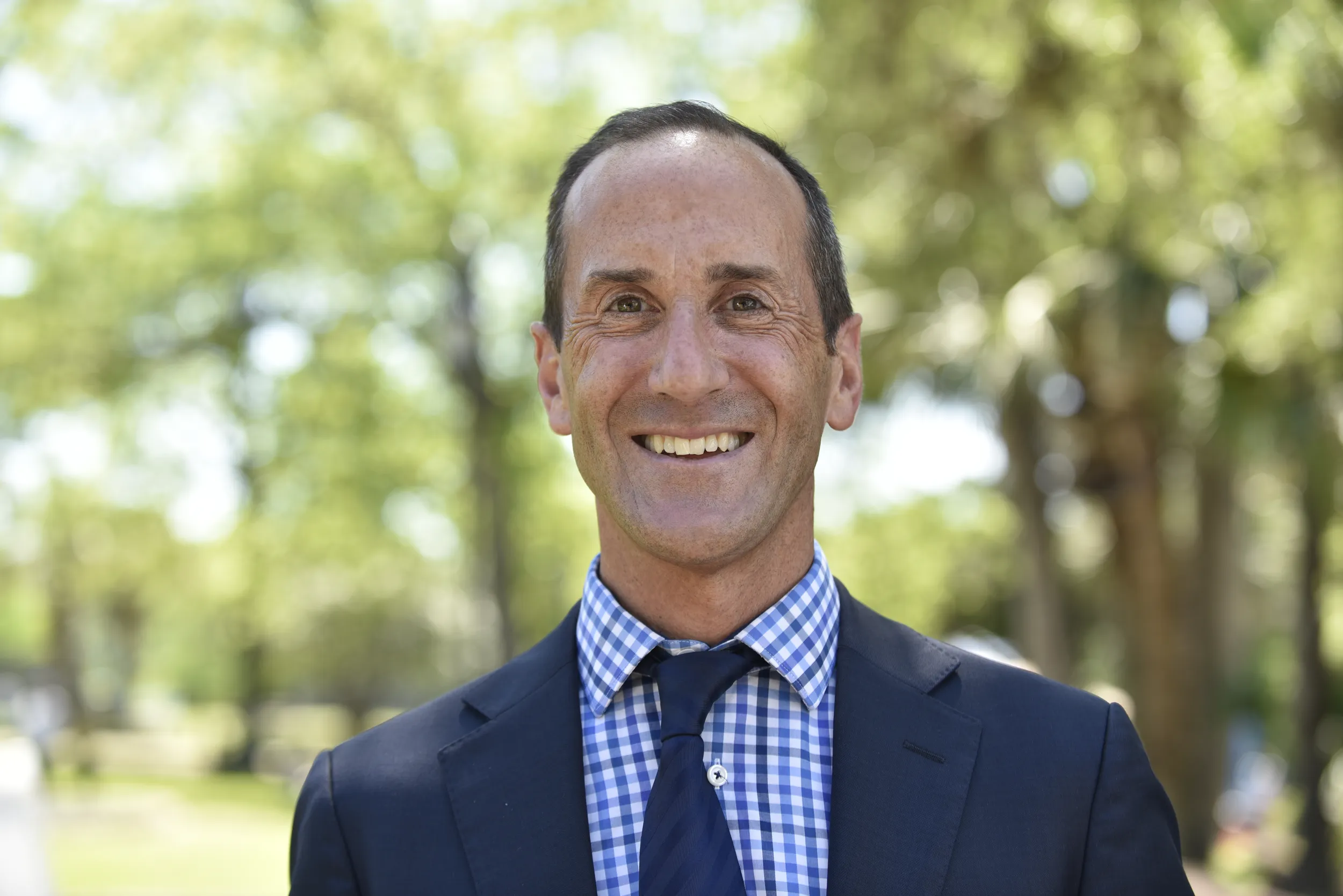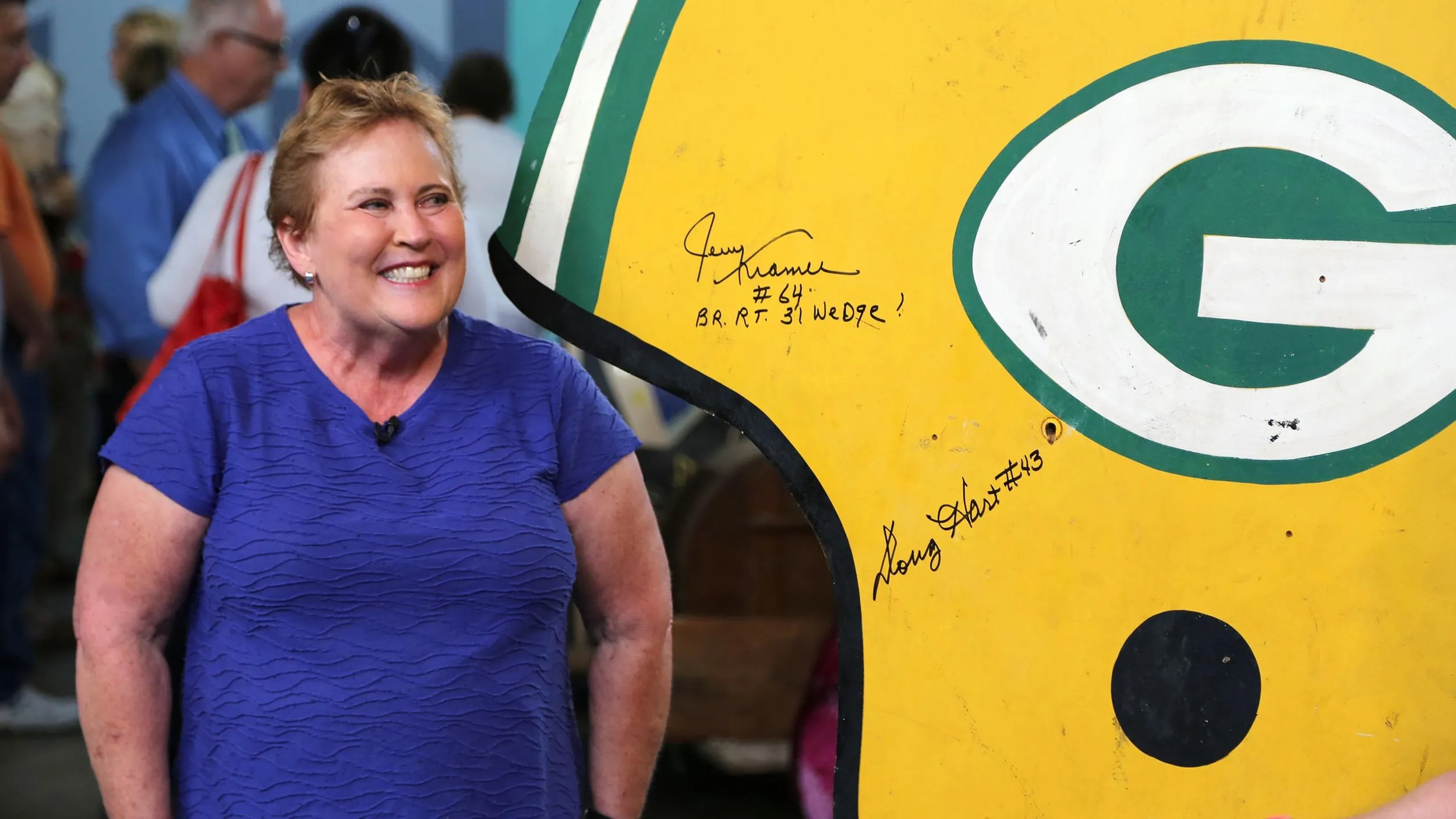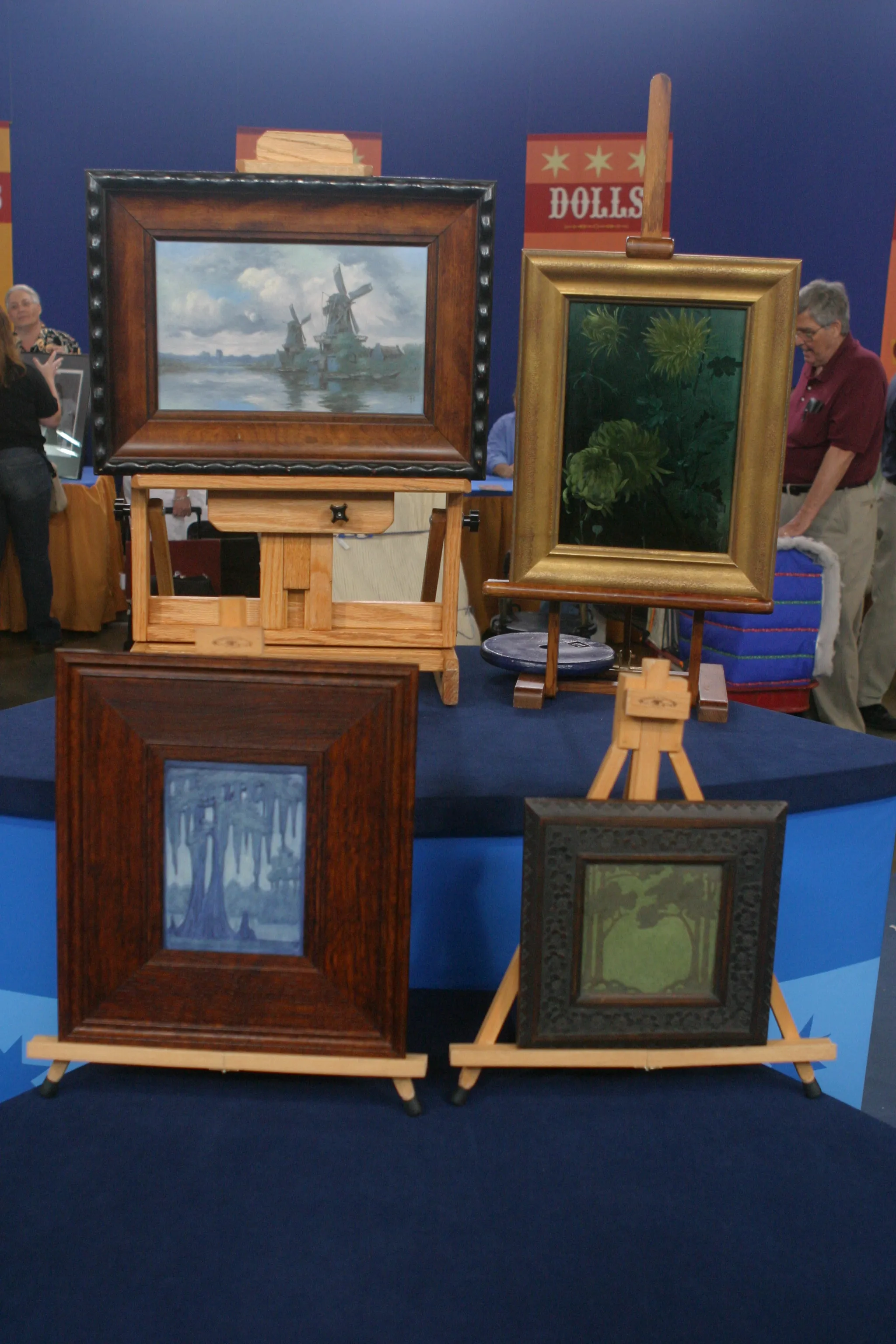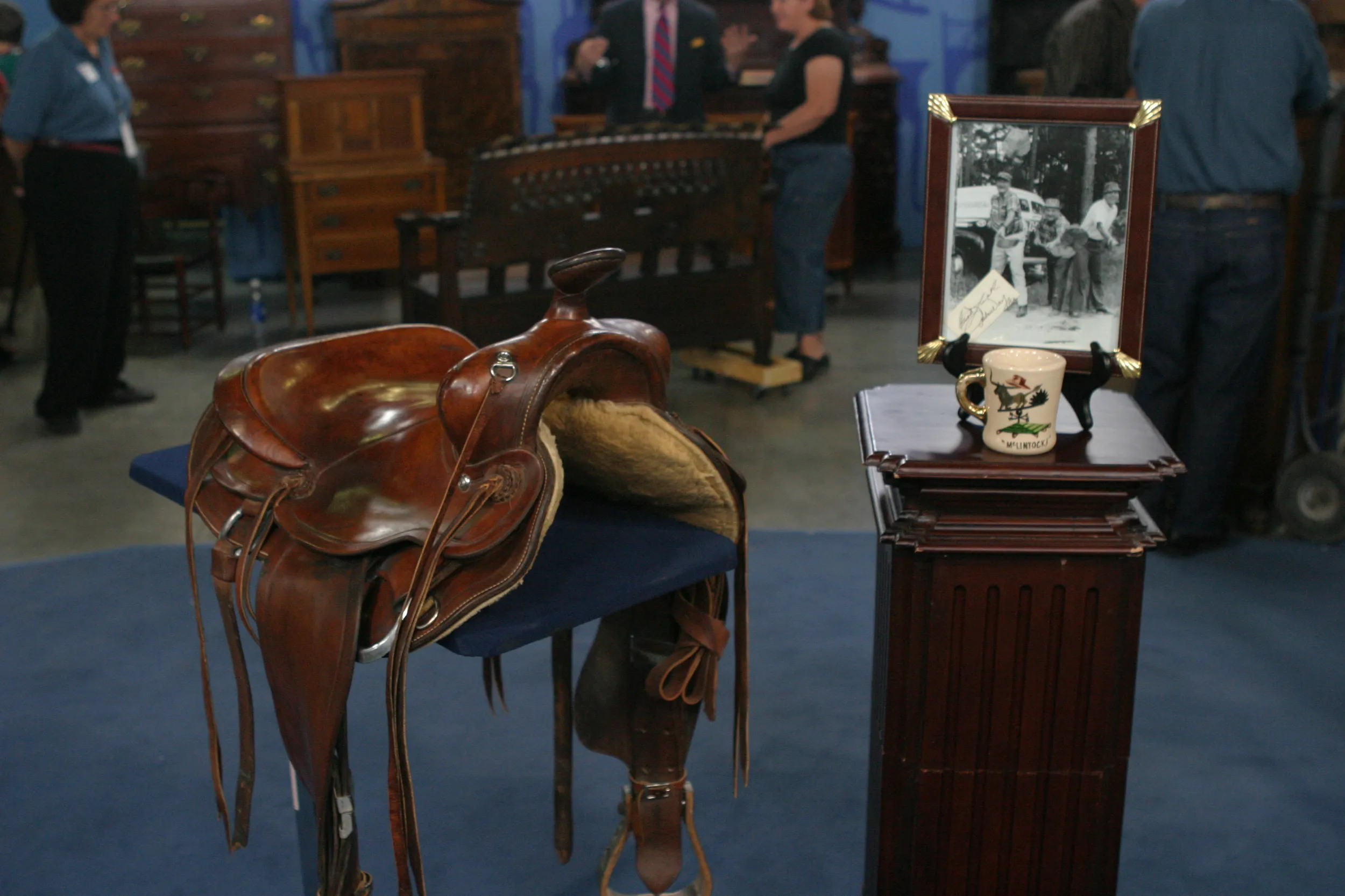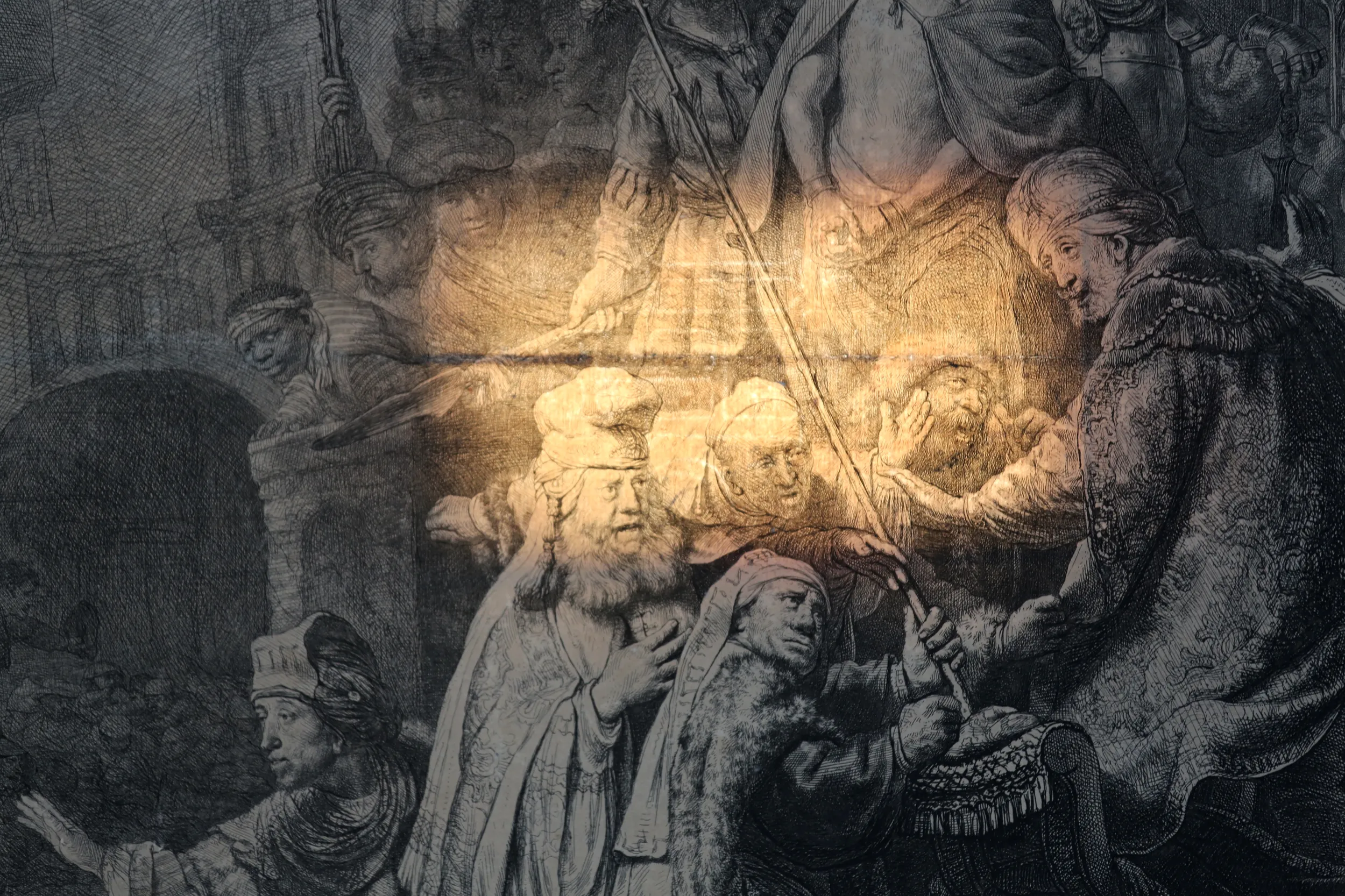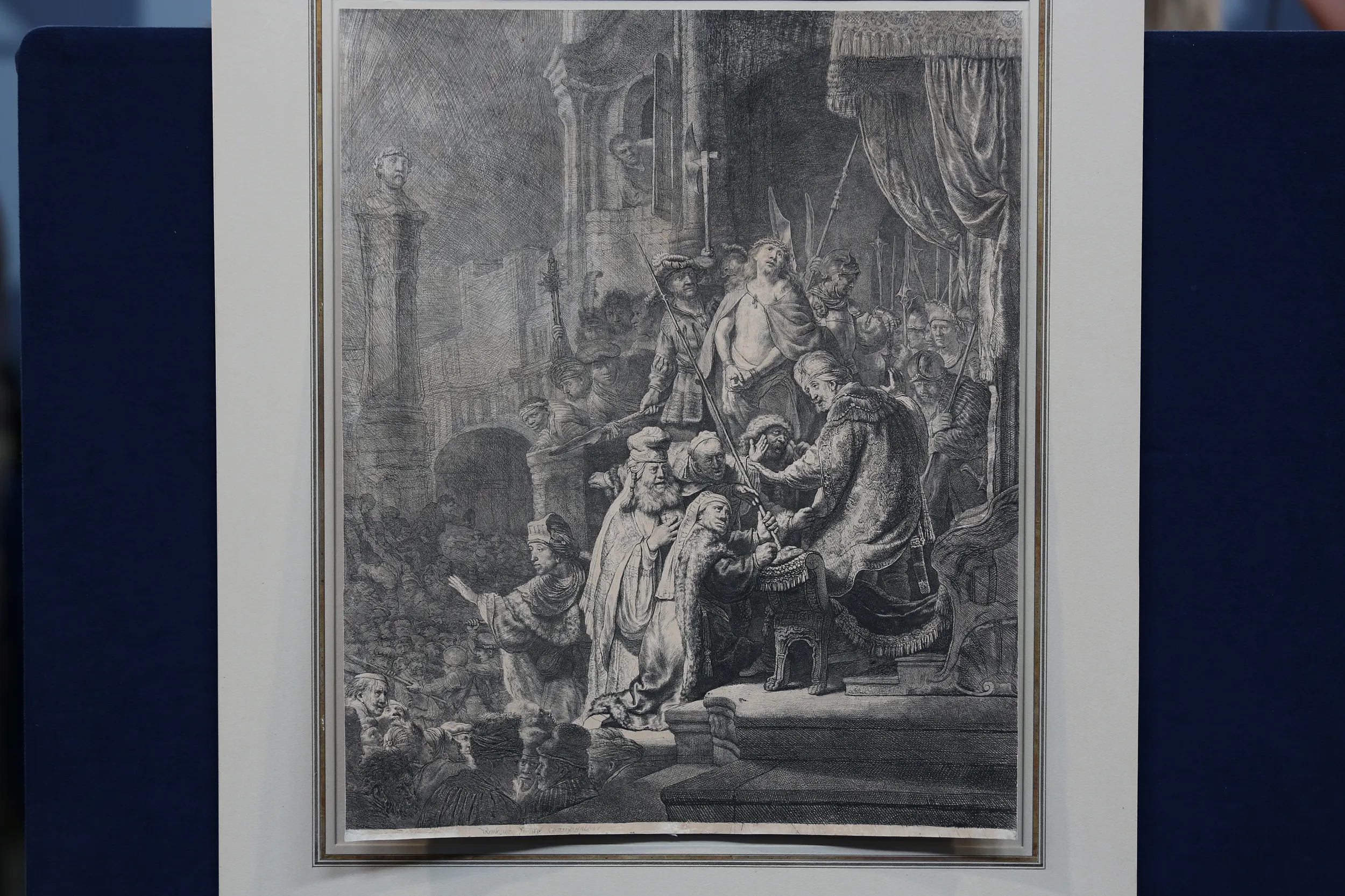GUEST: We purchased it at auction in early 1974 in Chicago.
APPRAISER: And do you recall what you paid for it back in 1974?
GUEST: A $1,000. The title of it is "Christ Before Pilate."
APPRAISER: Yep.
GUEST: It's one of Rembrandt's largest etchings.
APPRAISER: You're absolutely right. It's an etching by Rembrandt, it's "Christ Before Pilate," and he started this large etching in 1635.
GUEST: Yeah.
APPRAISER: And completed it in 1636. Now, you can see down here, etched in the lower margin is the name, the artist's name, Rembrandt. And then you have the date, 1636.
GUEST: The cum privile.
APPRAISER: Yes.
GUEST: It's my understanding that Rembrandt often wrote things in Latin.
APPRAISER: You're referring to the inscription down in the center here. "With privilege"?
GUEST: "With privilege."
APPRAISER: It was a tradition for print makers from the 15th century onward to put that on their etchings, their engravings, basically in honor and deference to the ruler of the area. It was an early form of copyrighting. If you put that on your image, on your etching...
GUEST: Okay.
APPRAISER: "With the privilege of so and so," or dedicating something to so and so, it was thought that that... the local ruler, the monarch, would then protect your image. This is one of Rembrandt's largest etchings, and up to this point, it was the largest etching that he made. There's actually a painting by Rembrandt in the National Gallery in London of this very scene. So he was essentially reproducing himself in this etching from a painting that he'd made a year earlier. He chose to depict one of the more dramatic scenes from the Bible. It's Pilate deciding Christ's fate, basically. Yes. And it's very theatrical. Here you have Pilate. You have Christ standing up right there in the center of the scene. All these figures onlooking. And it's believed that Rembrandt worked on the central part of this composition, the figures in the center, and the outlying work was done in his studio by workshop assistants. By friends of his who were also talented etchers. So it's a collaborative etching, if you will.
GUEST: Yes.
APPRAISER: That's how scholarship lands on this print. Look at this figure right here, with the plumed cap on. That's Rembrandt himself right there.
GUEST: Oh, that doesn't surprise me.
APPRAISER: It's a portrait of Rembrandt. Putting himself...
GUEST: Right smack in the center.
APPRAISER: …right in the center of the composition. The dating of this is important, because there were impressions pulled from the plate after Rembrandt's death. We're able to look at the back of the sheet. And if I shine the light on it there, you can see those letters-- that's a watermark right in the center.
GUEST: Yeah.
APPRAISER: The letters are "IHS." It's the name of Christ watermark, and that's a 17th-century watermark. It's a 17th-century paper, which tells us that this was printed in Rembrandt's lifetime.
GUEST: Really?
APPRAISER: I'm happy to tell you that if this came up at auction today, it would be estimated in the neighborhood of $60,000 to $90,000. And impressions like this have sold upwards of $100,000.
GUEST: Oh... wow. Oh, my goodness-- that's wonderful.
APPRAISER: Yes.
GUEST: Gives me the goosebumps. (laughs)
